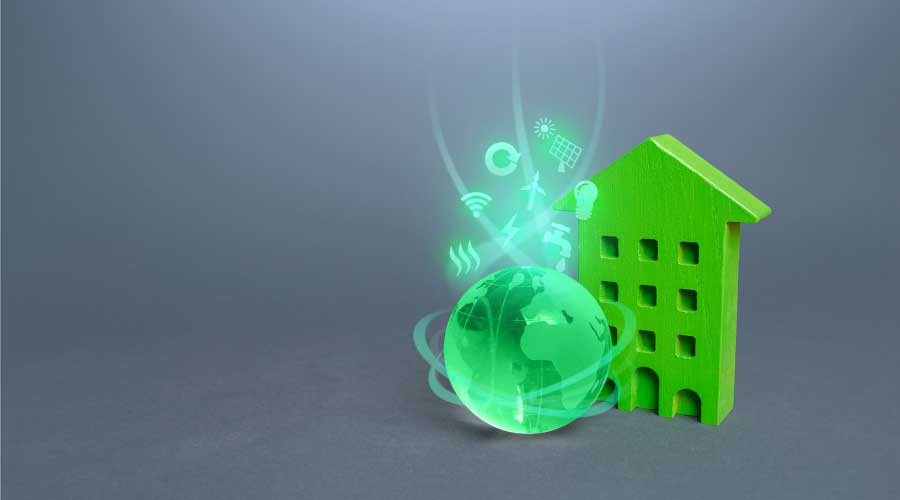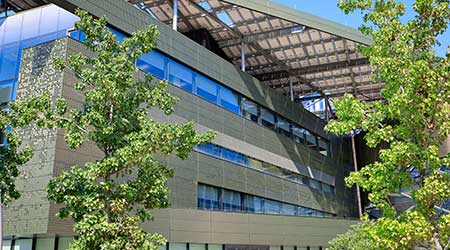Infrared Imaging: Benefits Beyond the Basics
Some technologies in institutional and commercial facilities come and go quietly. Others stick around and eventually have a gradual impact. Then there is infrared imaging technology.
"It will absolutely change your life," says Jason Thomas, electric shop supervisor with Arizona State University.
In the last decade, many maintenance and engineering managers who once dabbled with infrared imaging have bought into the technology in a big way. And many who viewed it as only a futuristic possibility now realize it can bring tangible benefits to facilities at an ever-lower cost.
"The technicians understand the importance of it and see the advantages of using it to see if they have equipment issues that are creeping up on them," says Sean Arnold, director of maintenance with the Hernando County School District in Brooksville, Fla. "More departments (in the district) were interested after the initial department was able to get one. It became a very popular device."
Investing In Infrared
Infrared imaging technology has become popular in many departments because it enables front-line technicians to detect problems within systems and components that otherwise are difficult to see and, as a result, go undetected. The amount of radiation an object emits increases with temperature, and a technician using an infrared camera can see warm objects — a malfunctioning piece of electrical equipment or a roof leak, for example — because it stands out well against cooler backgrounds.
Two developments led Arnold's district to invest in infrared technology.
"We were having a lot of roof leak issues and having a difficult time locating the possible areas that were leaking," he says. "Also, we were big on doing as much preventive maintenance for the district as possible. These types of devices enable us to have another tool in our toolbox that we also can use to scan electrical components, such as panels and motors."
The technology enables technicians to relatively easily check a range of components, so it can help departments move from reactive maintenance to preventive maintenance and beyond.
"We had a very strong desire to reinvest in and rebuild our preventive maintenance program," says Rick Pretzman, associate director of facilities management with Arizona State University. "We see thermography as being not only preventive but predictive maintenance. We knew what the benefits of thermography are, so we saw the need to restart and reinvest in that program."
Related Topics:














